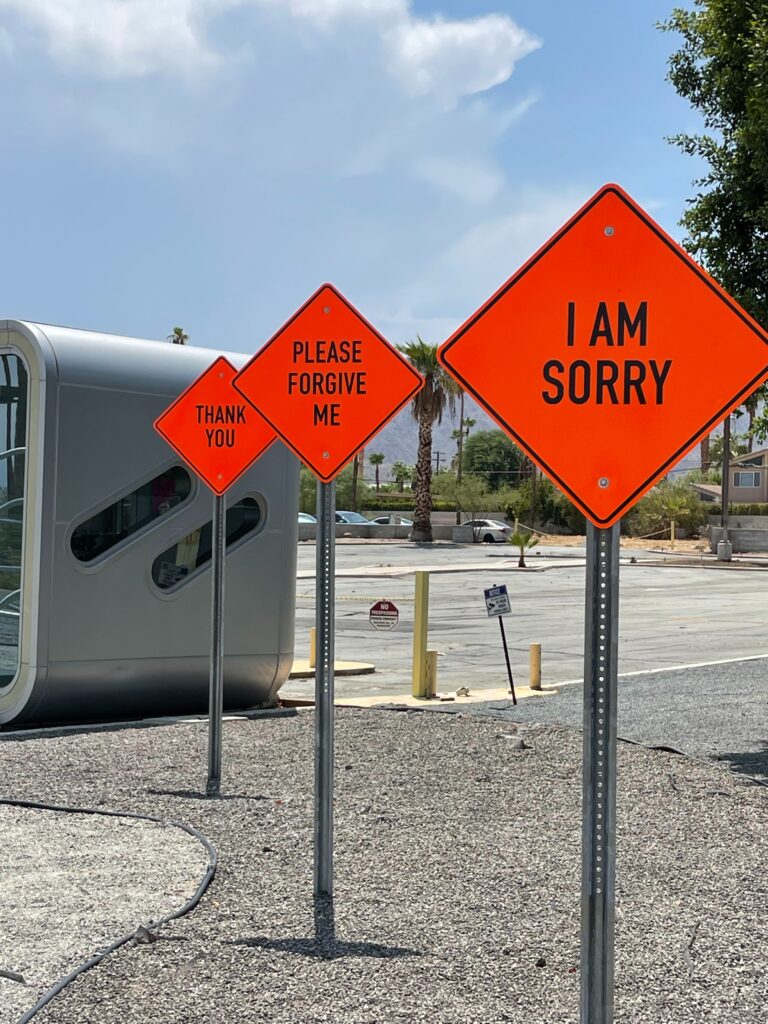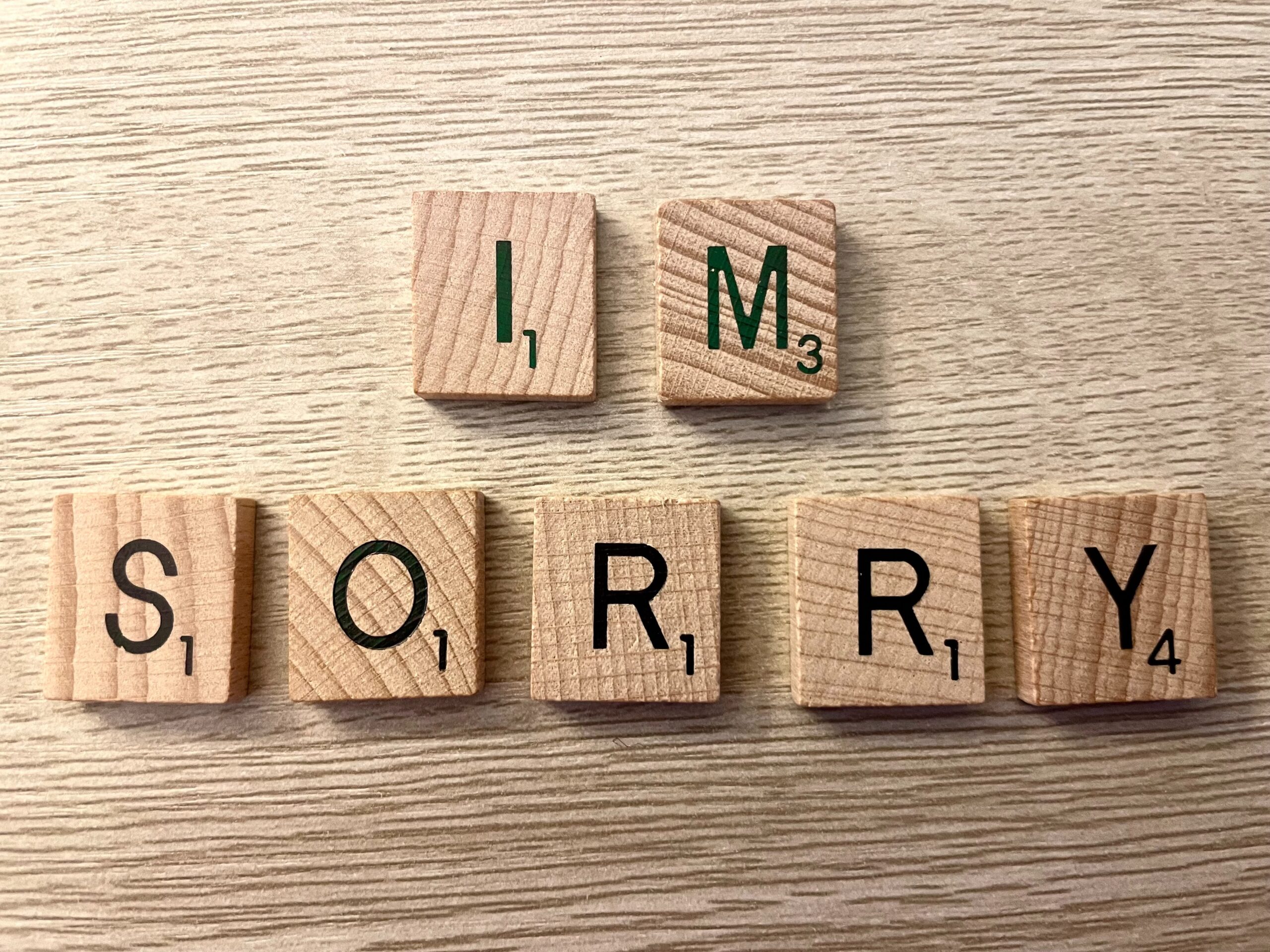Saying sorry is not always easy, but it is an important skill to master to maintain healthy and harmonious relationships with others. Apologizing can show that you care about the other person’s feelings, respect them, and value your relationship with them. However, not all apologies are created equal. Some apologies can sound insincere, defensive, or even accusatory, which can make the situation worse instead of better. So, what is the best way to say sorry? Here are some tips to help you craft a sincere and effective apology.
Identify What You Did Wrong
Before you apologize, you need to clearly understand what you did wrong and how it affected the other person. Try to put yourself in their shoes and imagine how they felt because of your actions or words. Ask them politely and respectfully if you are unsure what you did wrong. For example, you can say, “I noticed you seemed upset after our conversation. Did I say or do something that hurt you?” Avoid making assumptions or blaming them for being too sensitive or overreacting.

Express Your Remorse
The first step of a good apology is to express your remorse for what you did wrong. This shows that you acknowledge your mistake and feel sorry for causing harm. You can start your apology with a simple “I’m sorry” or “I apologize” statement, followed by briefly explaining what you did wrong. For example, you can say, “I’m sorry for forgetting our anniversary. I know it was important to you, and I feel terrible for letting you down.” Avoid using qualifiers such as “but,” “if,” or “maybe,” which can weaken your apology or shift the blame to the other person.
Take Responsibility
The second step of a good apology is to take responsibility for your actions or words and admit that they were wrong. This shows that you are not trying to justify, excuse, or minimize your mistake but are willing to own up to it and learn from it. You can use phrases such as “I was wrong,” “It was my fault,” or “I take full responsibility” to demonstrate your accountability. For example, you can say, “I was wrong to yell at you in front of our friends. It was my fault for losing my temper, and I take full responsibility for it.”

Explain Your Intentions
The third step of a good apology is to explain the intentions behind your actions or words. This shows that you are not trying to deceive, manipulate, or hurt the other person on purpose, but instead that you have a different perspective, a misunderstanding, or a lapse in judgment. You can use phrases such as “I didn’t mean to,” “I wasn’t thinking,” or “I didn’t realize” to clarify your intentions. For example, you can say, “I didn’t mean to make fun of your new haircut. I wasn’t thinking about how it might make you feel, and I didn’t realize how much it meant to you.”
Offer a Solution
The fourth step of a good apology is to offer a solution for how you will make up for your mistake and prevent it from happening again. This shows that you are committed to repairing the damage and improving your relationship with the other person. You can use phrases such as “What can I do to make it up to you?”, “How can I fix this?” or “What can I do differently next time?” to propose a solution. For example, you can say, “What can I do to make it up to you? Can I take you out for dinner tonight and buy you flowers? How can I do better next time? Can we set a reminder on our phones for our anniversary?”
Ask for Forgiveness

The fifth and final step of a good apology is to ask for forgiveness from the other person. This shows that you respect their feelings and decisions and are not taking their forgiveness for granted. You can use phrases such as “Can you please forgive me?”, “Will you please accept my apology?” or “I hope you can forgive me” to request forgiveness. For example, you can say, “Can you please forgive me for forgetting our anniversary? Will you please accept my apology? I hope you can forgive me and give me another chance.”
Conclusion
Saying sorry is not always easy, but it is an important skill to master to maintain healthy and harmonious relationships with others. By following these tips, you can craft a sincere and effective apology that communicates genuine empathy, remorse, and regret, as well as a promise to learn from your mistakes.

